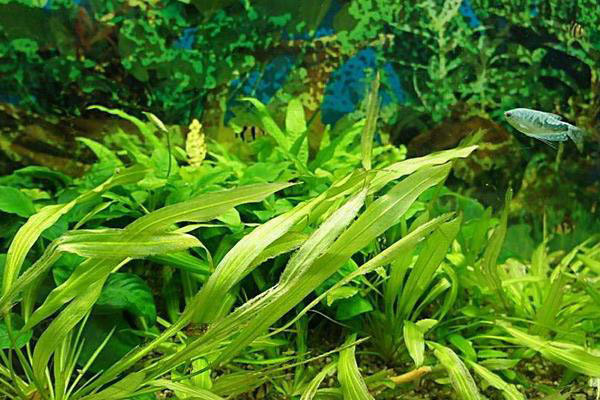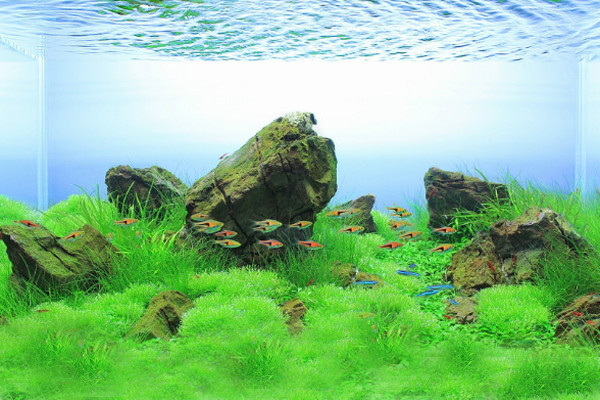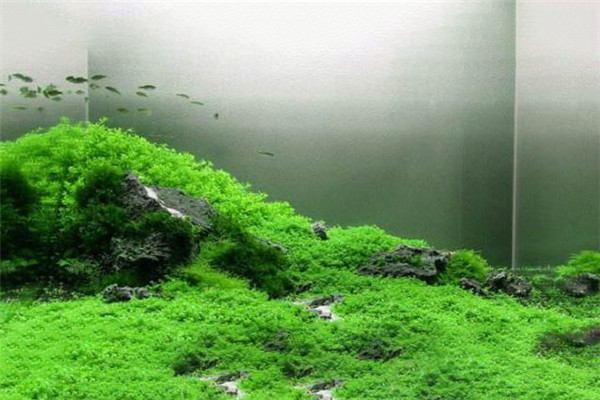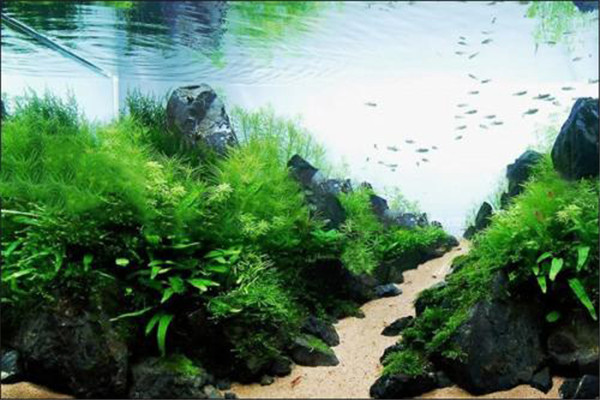8 Main Points of Aquatic Plant Trimming (2)
(2020年03月27日)https://www.senzeal.com/glass-plant-pot-for-aquarium-decoration-p0692.html
5. Carbon dioxide should be increased after trimming
Carbon dioxide is the material basis for photosynthesis of aquatic plants and protects aquatic plants under strong light. After trimming, on the one hand, the lighting of the water grass is suddenly improved (the lamps have not changed, but the occlusion has been reduced, which is equivalent to increasing the lighting intensity). On the other hand, the carbohydrates required to repair the wound are also in short supply.
If the supply of carbon dioxide is insufficient at this time, the water grass may be burned by strong light, and it may be infected by bacteria due to long-term non-healing wounds. Therefore, after the large trimming, be generous with carbon dioxide. Rather waste some than don't give less.
Here I recommend these kinds of tools: Co2 Balance Control
6. After trimming, the amount of liquid fertilizer should be temporarily reduced
Because the stems and leaves of aquatic plants are cut, many wounds appeared. These wounds will not only lose valuable carbon dioxide and nutrients but may also be infected with bacteria or viruses, causing plant disease or even death. At this point, the plants will focus all their energy on repairing the wound. At this stage, the plant basically stops growing.
After the injury, the plant's metabolism is significantly slower, and it takes a period of repair to restore the original growth rate. Therefore, the demand for fertilizer on aquatic plants will decrease at this time. In addition, after trimming, the absolute number of aquatic grass has also been greatly reduced. If still using the original fertilization dose, it is probable the fertilizer will not be used up and it will accumulate thus cause algae.
In a word, it is best to adjust the liquid fertilizer to a smaller dose after trimming, which can even be halved. After the water grass grows new shoots, no tiny bubbles appear on the cross-section, it means that the plant wound has been repaired, and then the amount of liquid fertilizer can be gradually increased.
7. Filters should not be cleaned on the day of trimming
When trimming, it is unavoidable to move the base of the fish tank (most common in weeding, planting grass, changing landscape, etc.), even if the tank doesn't become dusty, the water may become muddy.
In addition to changing the water at this time, some people also want to clean the filter by the way, but sometimes, too diligent is not necessarily a good thing, often, the fish and shrimp die after cleaning the filter.
This is because a large number of toxic substances such as nitrite and ammonia are released after churned the substrate. Usually, these toxic substances will be processed by nitrifying bacteria into relatively harmless nitrates and ammonium.
However, if the filter is cleaned at the same time, the consequence of the loss of a large number of nitrifying bacteria is that...... the toxic substances cannot be effectively processed, and those will have deadly effects on the creature.
So, the correct way is to wait for one or two days before cleaning the filter. Use the original tank water when washing, and do not wash it too clean. If there is a pre-filter, it is simpler. Just replace all the pre-filters material.
8. Best to Largely change the water on the trimming day
Water change is the best way to remove toxic and harmful substances in the water. The effect is immediate. After trimming the aquatic plants, make a large water change whether or not the substrate is moved in order to prevent algae outbreaks, or fish and shrimp outbreaks.
However, when adding water into the tank, take care that must not let the water flow directly impact the tank substrate, otherwise, it will not only easily damage the original landscape, but also may lead to a large number of toxic substances (such as hydrogen sulfide) releasing into the water that poison shrimp, snails or relatively fragile fishes (such as Dwarf sucking catfish, Siamese algae eater, etc).
How much water to change depends on the quality of the local tap water. If the water quality is good, you can change it more often, half or even two-thirds at a time. If the water quality is poor (tap water has a high hardness or pH value) and needs to be mixed with pure water, it is recommended to exchange only a third or a quarter at a time. (Water Changing Tools)
SENZEAL: THE MOST SUITABLE CHOICE FOR AQUARIUM
If you want to buy plant pot fish tank with a aquarium plant holder, then believe me Senzeal must be the best choice for you. Email us for aquarium pot price.
- このできごとのURL:






コメント